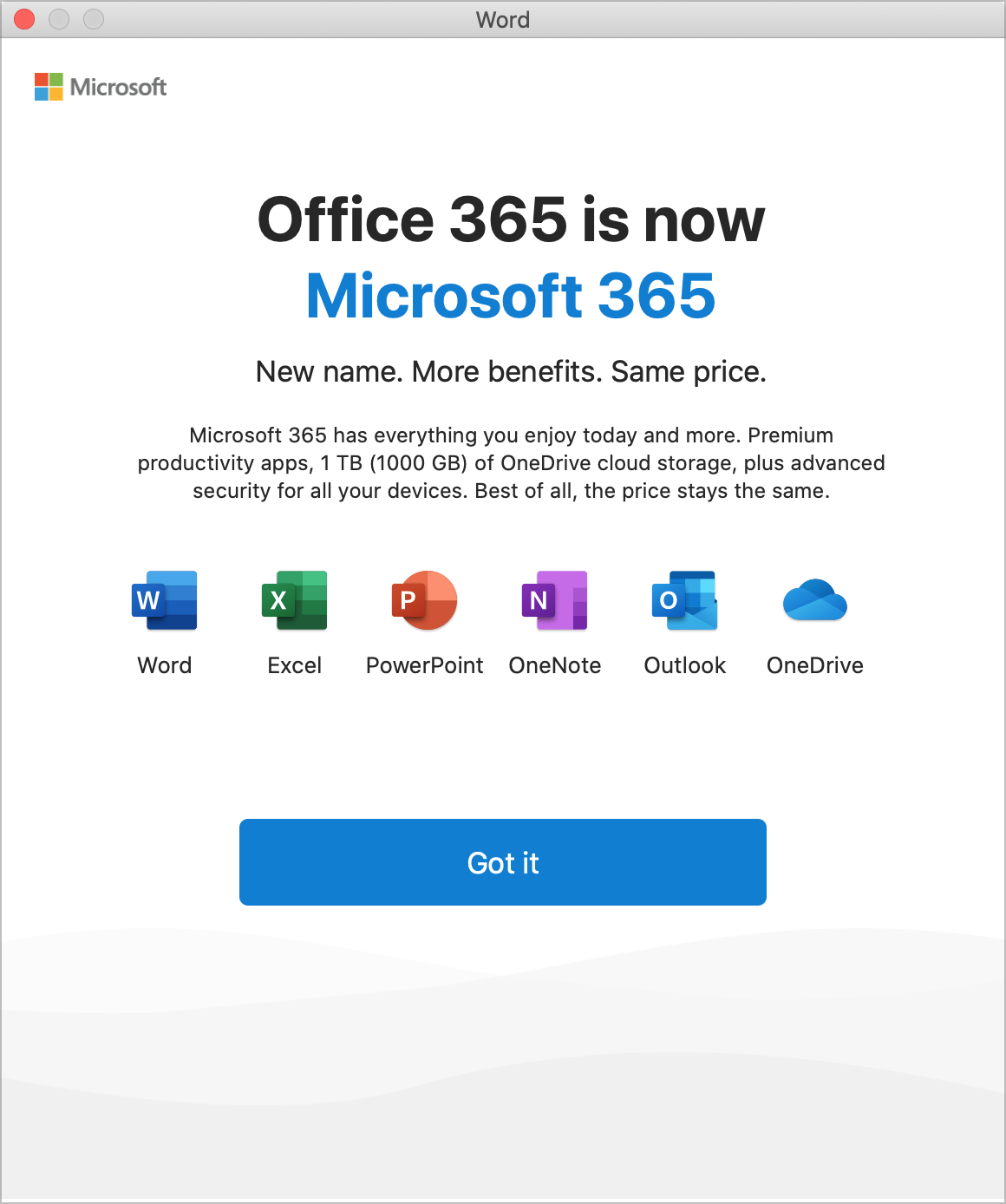

Short version: Poisoned email doesn’t even need to be opened to pop your security. Office 2013, 2016, and 2019 (as well as LTSC) are also vulnerable to attack, which is triggered by a malicious email that causes a connection from the victim to a location under attacker control leaking the Net-NTLMv2 hash (challenge response protocols used for authentication in Windows environments) of the victim to the attacker who can then relay this to another service and authenticate as the victim. The critical Microsoft Outlook vulnerability affects both 32 and 64-bit versions of Microsoft 365 Apps for Enterprise. This could lead to exploitation BEFORE the email is viewed in the Preview Pane.” Join peers following The Stack on LinkedIn

It gets worse: The victim doesn’t even need to open the malicious email: As Microsoft notes in its own guidance for the Microsoft 365 vulnerability: “ triggers automatically when it is retrieved and processed by the Outlook client. CVE-2023-23397, a CVSS 9.8 bug, lets a remote and unauthenticated attacker breach systems merely by sending a specially crafted email that allows them steal the recipient’s credentials.

See also our updated piece of March 17 here.Ī critical vulnerability in the ubiquitous Microsoft Outlook/365 applications suite is being actively abused in the wild and demands urgent patching. Updated late March 15 with news of a POC landing, and earlier March 15 to remove the RCE reference from the headline strictly this is an EOP vulnerability.


 0 kommentar(er)
0 kommentar(er)
